How to tie the Harvey Dry Fly Knot
How to Tie the Harvey Dry Fly Knot? (Tippet to Fly, Because Life’s Too Short for Bad Connections)
Alright, let’s talk about the Harvey Dry Fly Knot. Not the most famous knot out there, but man, when you’re tying on a dry fly—especially those fussy little size 18 parachutes—this thing is a lifesaver. It’s sleek, it’s strong, and it keeps your fly riding right where it should: on top, like it’s sipping a cocktail instead of drowning in the film.
First, why even bother? Well, if you’ve ever watched a trout nose up to your fly only to turn away at the last second because your knot was throwing off the drift… yeah, that’s why. The Harvey knot is low-profile, which means less junk in the water to spook fish. And trust me, trout are way smarter than we give them credit for.
Here’s how you do it (or at least how I do it, usually while squinting in bad light and cursing my shaky hands):
-
Thread the tippet through the eye of the fly. Easy, right? But here’s the kicker—leave a decent tail, like 4-5 inches. You’ll need it later.
-
Make a loop. Hold the fly between your fingers, then take the tag end and bring it back toward you, laying it parallel to the standing line. Now pinch where they overlap to form a loop. This is where I’ve messed up before—too small a loop, and the knot gets cramped. Too big, and it’s a tangled mess. Aim for Goldilocks: just right.
-
Wrap it up. Here’s where the magic happens. Take the tag end and wrap it around both the standing line and the loop you just made. Do this 4-5 times. Keep the wraps neat and tight, but don’t go full Hulk mode—you’ll kink the tippet.
-
Thread the tag end back through the loop. This part feels like threading a needle after three cups of coffee. But once it’s through, don’t pull tight yet. Spit on it (classy, I know) or lick it to lubricate the knot. Dry friction is the enemy here.
-
Cinch it down. Now pull slowly on the standing line while holding the tag end. Watch the wraps coil up nice and tidy. If they bunch up weird, start over. No shame in that—I’ve botched this knot more times than I’ve caught fish on it.
-
Trim the tag. Leave a tiny bit, like 1/8 inch, just in case. Then admire your handiwork.
Why I Love This Knot (And When It Betrayed Me)
First time I used the Harvey, it was on the Madison River, late summer. Blue-winged olives were popping off, and the fish were on it. Tied it quick, cast, and bam—16-inch brown on the first drift. Felt like a genius.
Then there was the time I rushed it on the Deschutes, mid-hatch, wind picking up. Knot slipped. Fly gone. Fish laughed. Lesson learned: slow down.
Final Thoughts
The Harvey’s not the fastest knot, but for dry flies, it’s worth the extra seconds. It’s like the difference between a handshake and a hug—one’s functional, the other just feels right.
Now go tie one. And if you mess up? Eh, that’s fishing. The fish won’t judge. Much.





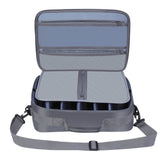
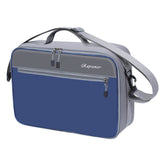
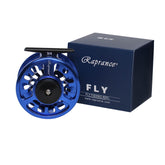
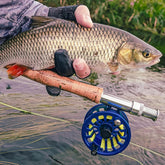

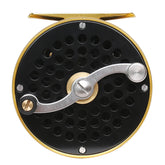
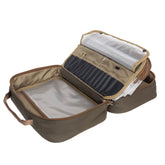

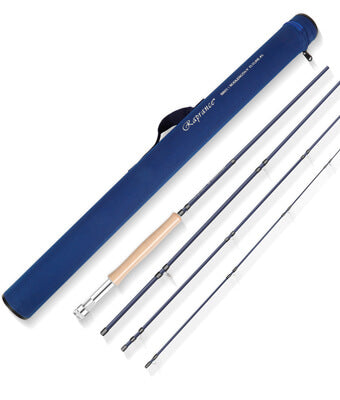


Leave a comment
Please note, comments need to be approved before they are published.